#Terpsiphone paradisi
Explore tagged Tumblr posts
Text

Indian Paradise Flycatcher
#indian paradise flycatcher#paradise flycatcher#flycatcher#Terpsiphone paradisi#Passeriformes#Monarchidae#Terpsiphone#bird#upl
29 notes
·
View notes
Text

Indian Paradise-Flycatcher (Terpsiphone paradisi), female
Sighted at Tirupati, Andhra Pradesh, India
#birb#bird photography#birdblr#birdphotography#birdwatching#birblr#birds#bird pics#passeriformes#monarchidae#indian paradise flycatcher#Terpsiphone paradisi
2 notes
·
View notes
Text
Asian Paradise Flycatcher (Terpsiphone paradisi) native to Asia, found in forests and bamboo thickets. And surprisingly, they're not endangered.
323 notes
·
View notes
Text

Anton Wildlife Photographer
Indian paradise flycatcher (Terpsiphone paradisi) @ Yala, Sri Lanka
90 notes
·
View notes
Text

Indian Paradise Flycatchers
Terpsiphone paradisi.
Males of this species are typically predominantly white or rufous, like the ones shown in this illustration.
SciArt from John Gould's Birds of Asia, Vol. 2 (1850-1883). View more in Biodiversity Heritage Library with thanks to Smithsonian Libraries and Archives for digitizing.
285 notes
·
View notes
Text








Indian paradise flycatcher
The Indian paradise flycatcher (Terpsiphone paradisi) is a medium-sized passerine bird native to Asia, where it is widely distributed. As the global population is considered stable, it has been listed as Least Concern on the IUCN Red List since 2004. It is native to the Indian subcontinent, Central Asia and Myanmar.
Males have elongated central tail feathers, and a black and rufous plumage in some populations, while others have white plumage. Females are short-tailed with rufous wings and a black head.[2] Indian paradise flycatchers feed on insects, which they capture in the air often below a densely canopied tree.
The Indian paradise flycatcher was formally described in 1758 by the Swedish naturalist Carl Linnaeus in the tenth edition of his Systema Naturae under the binomial name Corvus paradisi. The Indian paradise flycatcher is now one of 17 paradise flycatchers placed in the genus Terpsiphone that was introduced in 1827 by the German zoologist Constantin Gloger. Paradise-flycatchers were formerly classified with the Old World flycatcher in the family Muscicapidae, but are now placed in the family Monarchidae together with monarch flycatchers. Until 2015, the Indian paradise flycatcher, Blyth's paradise flycatcher, and the Amur paradise flycatcher were all considered conspecific, and together called Asian paradise flycatcher.
Adult Indian paradise flycatchers are 19–22 cm (7.5–8.7 in) long. Their heads are glossy black with a black crown and crest, their black bill round and sturdy, and their eyes black. Females are rufous on the back with a greyish throat and underparts. Their wings are 86–92 mm (3.4–3.6 in) long. Young males look very much like females but have a black throat and blue-ringed eyes. As adults, they develop up to 24 cm (9.4 in) long tail feathers with two central tail feathers growing up to 30 cm (12 in) long drooping streamers.
#beauty of nature#deathmothblog#nature#wildlife#animals#bird#artists on tumblr#Indian paradise flycatcher
28 notes
·
View notes
Text

Indian Paradise Flycatcher (Terpsiphone paradisi), male, white phase, family Monarchidae, India
photograph by Sanjeeb Dutta
103 notes
·
View notes
Note
Bird headcanons for if lifestealers were birds!
(long list but i did try and decide a bird for at least most of them! i may be back with more [to complete the list]; i would provide images, but alas, the restrictions of being on anon. visual vibe checks for the most part but also some of these are because i thought it was funny / coincided with Lore)
Parrot: Pyrrhura picta (painted conure/parakeet) Spoke: Lamprotornis hildebrandti (hildebrandt's starling) Ash: Casuarius bennetti (mountain cassowary) 4c: Cyanocitta stelleri (steller's jay) Clown: Gypaetus barbatus (bearded vulture) / alt: Hamirostra melanosternon (black-breasted buzzard) Branzy: Chelictinia riocourii (scissor-tailed kite) Bacon: Dromococcyx phasianellus (pheasant cuckoo) Jumper: Tauraco fischeri (fischer's turaco) Subz: Ispidina picta (african pygmy kingfisher) Vitalasy: Cariama cristata (red-legged seriema) Cube: Coracias caudatus (lilac-breasted roller) / alt: Chloebia gouldiae (gouldian finch) Roshambo: Nipponia nippon (crested ibis / toki) Planet: Urocolius macrourus (blue-naped mousebird) Jaron: Steatornis caripensis (oilbird / guácharo) Mapicc: Opisthocomus hoazin (hoatzin) / alt: Lanius schach (roufous-backed shrike) Leo: Promerops cafer (cape sugarbird) / alt: Bubo bubo (eurasian eagle-owl) Spep: Harpactes erythrocephalus (red-headed trogon) Zam: Terpsiphone paradisi (indian paradise flycatcher) / alt: Corvus frugilegus (rook) Redd: Leistes superciliaris (white-browed meadowlark) Woogie: Diomedea exulans (wandering albatross) Vortex: Bombycilla garrulus (bohemian waxwing) / alt: Irena cyanogastra (philippine fairy-bluebird)
.
32 notes
·
View notes
Note
Speak on the lssmp bird hcs…… 🎤🎤
UAHVFDBNJFD HELLO YES. LSSMP BIRD HCS!!
the original one was made. Before i knew much about the other guys so it was a visual vibe check. however good point of reference. some of these are objectively correct.
i think there's like One that was missing from the list that i found the perfect bird for after, so Minute: Sporophila murallae (a subspecies of S. americana)
AND for the thing i didn't do there: explanations
i think minute fits with a relatively small seed eating bird, mostly because that is just how i think of him.
now to pull some of the birds from the list that i am soooo certain about because they just. FIT. to me.
Clown: Gypaetus barbatus (bearded vulture) / alt: Hamirostra melanosternon (black-breasted buzzard)
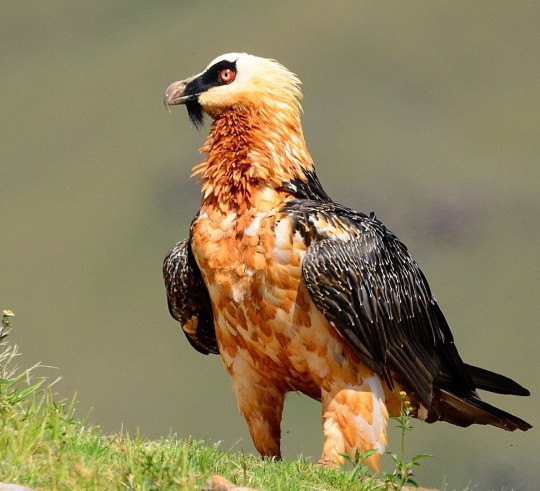
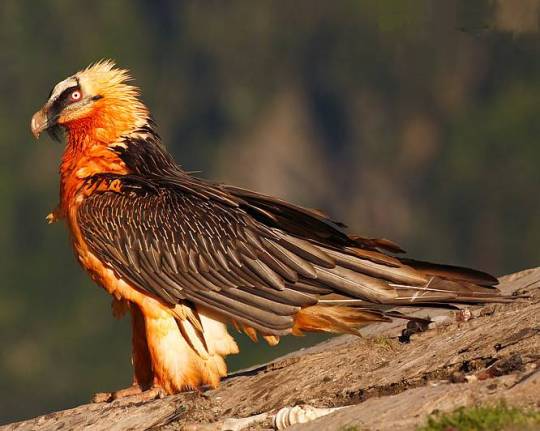
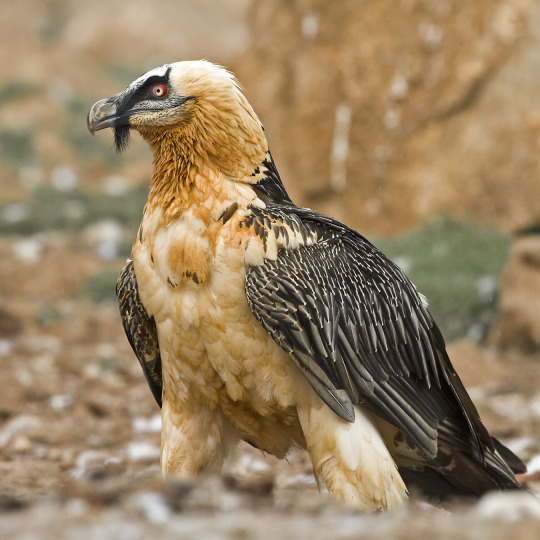
^ bearded vulture
these birds are naturally black and white but their feathers get stained this red color; generally you'll probably notice i chose two different carrion eating birds for clown. again, gut feeling, he has this vibe to him that he eats dead things. and he's regal about it.
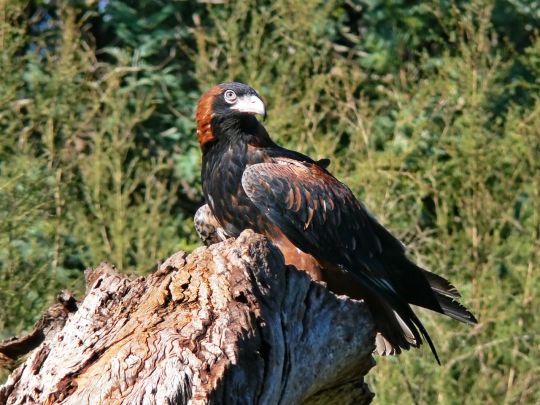
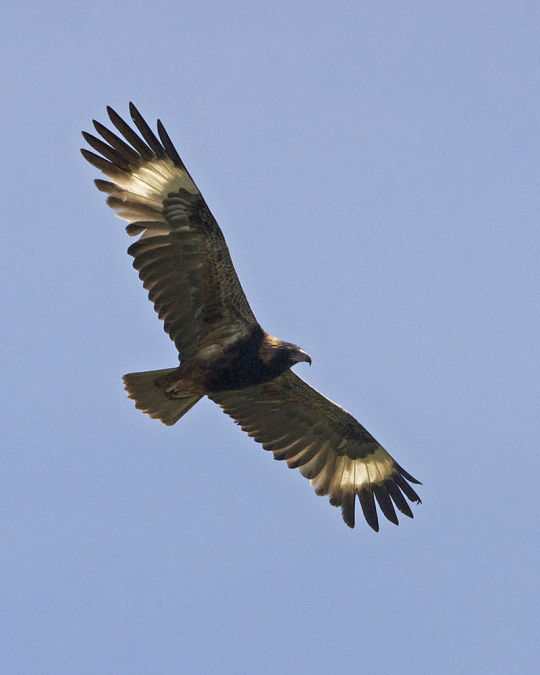

^ black-breasted buzzard
interesting birds! last image is one using a stone to crack open a emu egg, if you were wondering. they're known for that.
Zam: Terpsiphone paradisi (indian paradise flycatcher)


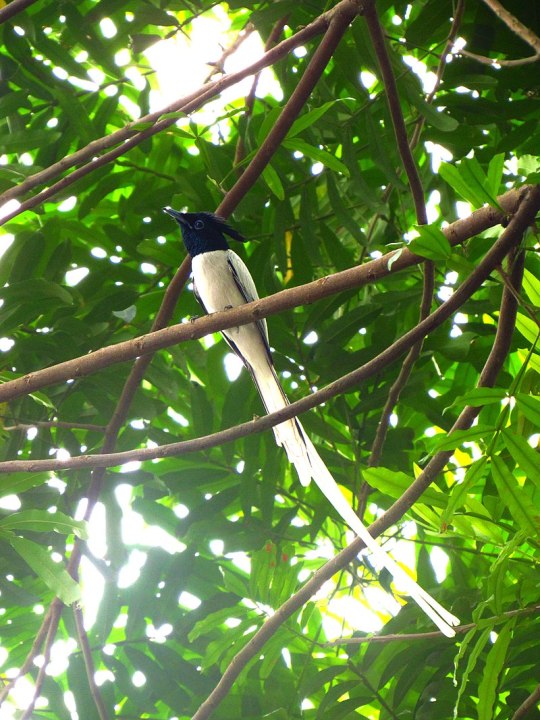
^ indian paradise flycatcher
SO zam gets this one because i mean. weird flashy bird. honestly a LOT of these are visual because i don't see a lot of birds here. lookit that thang. zam to me.
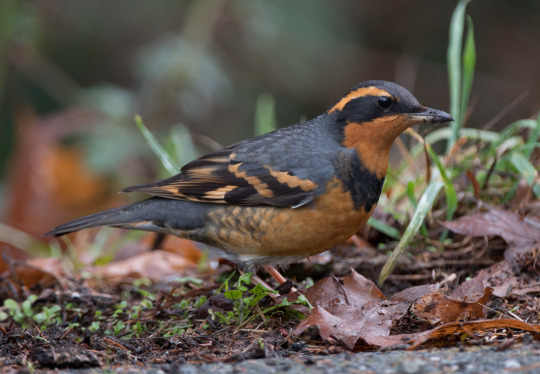
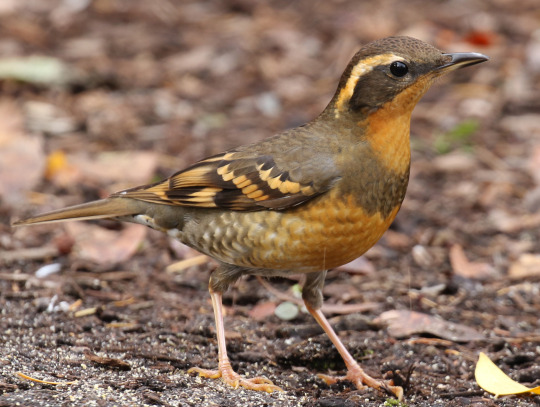
^ Ixoreus naevius (Varied thrush)
a different choice from the original alt of the rook, i think that these little birds are a good choice, they're elusive in the places they reside, but i heard them a lot, and you'd almost think you're looking at a robin at first if you only see them from a distance. perfectly disguised, yeah?
Mapicc: Opisthocomus hoazin (hoatzin) / alt: Lanius schach longicaudatus (eastern subspecies - long-tailed shrike)
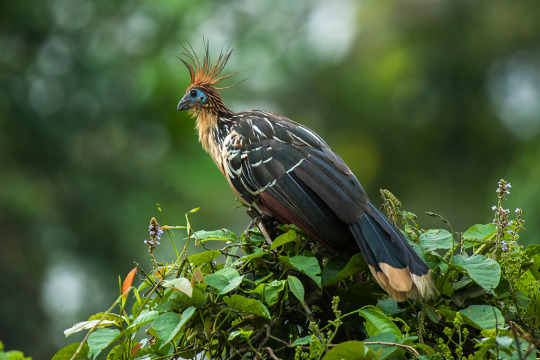


okay, okay, hear me out on this one. something about the fact they look almost exactly how a lot of people depict phoenixes just fit so perfectly. if i could assign mapicc a fictional bird, i would 100% assign him a phoenix. he is a phoenix to me.

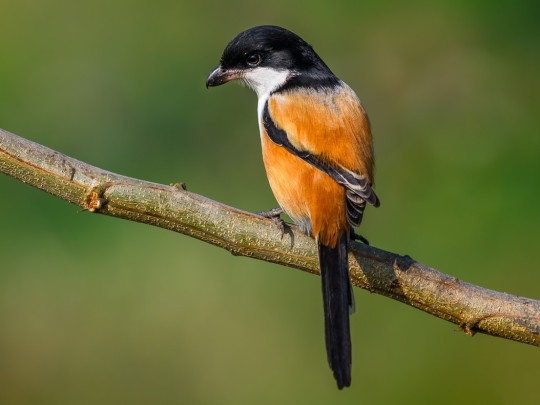
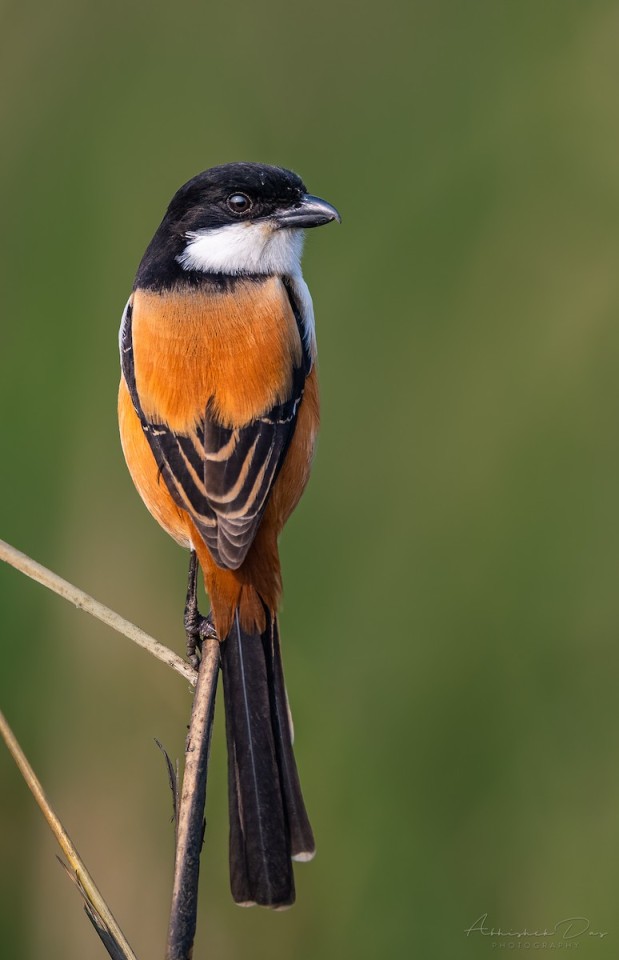
^ long-tailed shrike
a small update from the original choice, favoring a subspecies with a more striking color palette (a fully black cap, rather than the mask which is typical). do i have to explain him being a shrike to me. he's a shrike. mapicc just doesn't seem like a large bird to me.
(i MIGHT have more notes lying around but right now these are the major ones i have thoughts / changes about; beside branzy being made a predatory bird rather than a songbird, which was something that i did completely intentionally because i feel like it's a great but kind of subtle subversion of expectation. i have yet to find good birds that i really think fit roshambo, if you're wondering why he isn't here PVNJKDLF )
10 notes
·
View notes
Text
0 notes
Text

The Indian paradise flycatcher (Terpsiphone paradisi) is a medium-sized passerine bird native to Asia, where it is widely distributed. As the global population is considered stable, it has been listed as Least Concern on the IUCN Red List since 2004. It is native to the Indian subcontinent, Central Asia and Myanmar.
1 note
·
View note
Text

Indian Paradise Flycatcher
#indian paradise flycatcher#paradise flycatcher#Terpsiphone paradisi#Passeriformes#Monarchidae#Terpsiphone#bird#upl
25 notes
·
View notes
Text

Indian Paradise-Flycatcher (Terpsiphone paradisi), white morph
Sighted at Tirupati, Andhra Pradesh, India
#birb#bird photography#birdblr#birdphotography#birdwatching#birblr#birds#bird pics#indian paradise flycatcher#passeriformes#passerines
10 notes
·
View notes
Text

Indian Paradise Flycatcher (Terpsiphone paradisi), mother with chicks, family Monarchidae, West Bengal, India
📷@ Ranits_Playscape
0 notes
Text

R Pradeep Kumar
Indian Paradise Flycatcher ( Terpsiphone
paradisie)
98 notes
·
View notes
